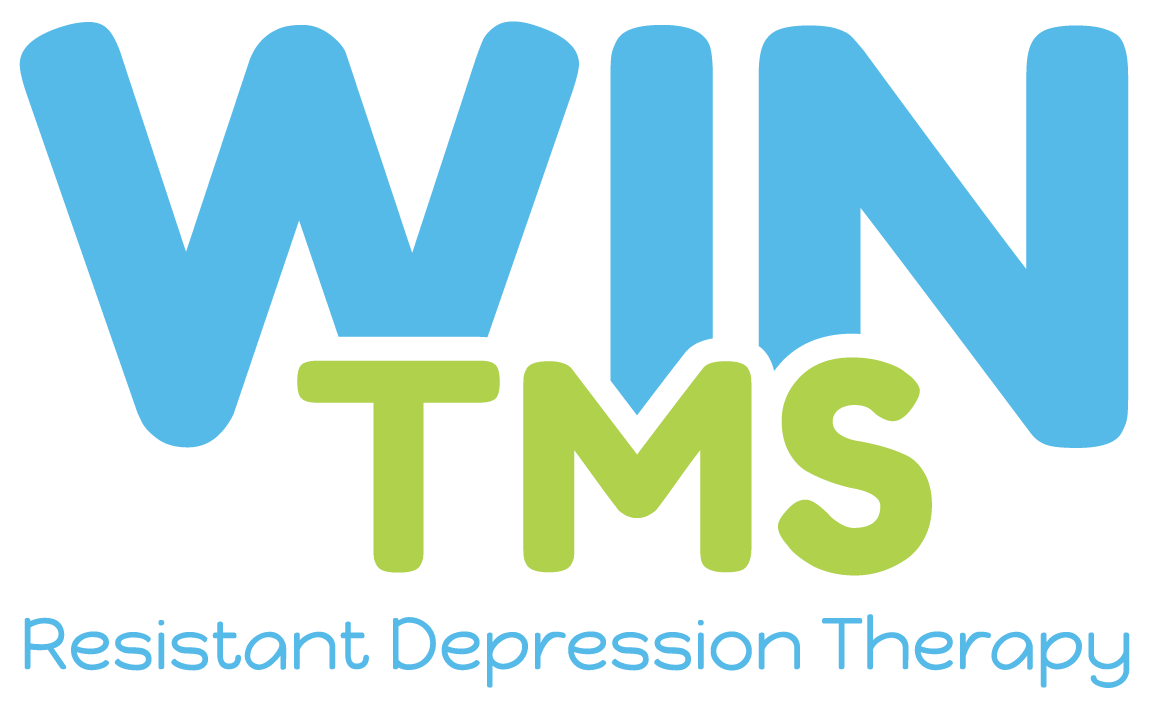How a Breakthrough in Madison Could Enhance Your Golden Years
If you have ever faced depression, a recent development at the University of Wisconsin might intrigue you. Researchers at UW-Madison have used three-dimensional printing technology to create functional, growing human brain tissue.
Here Are This Scientific Development’s Key Details
The team in Madison improved on previous attempts to print brain tissue:
- This new process creates flexible tissue that can grow.
- That capacity for growth lets neurons within the tissue communicate.
- A wide spectrum of disorders may be studied using this printed tissue.
What Does This News Have to Do With Treating Depression?
The best explanation starts with a prediction from one of the researchers in Madison. “(This technology) could change the way we look at stem cell biology, neuroscience and the pathogenesis of many neurological and psychiatric disorders,” says Su-Chun Zhang, a neuroscience professor at UW-Madison’s School of Medicine and Public Health. You can read the school’s full press release here.
Specifically, the school’s 3D-printed brain may help unlock secrets about dementia. Science has repeatedly linked dementia and depression. For example, a joint study between the University of Pennsylvania and Denmark’s Aarhus University offered compelling findings in 2023 after studying 1.4 million Danish citizens for almost 40 years.
That study concluded that people who experience depression are more than twice as likely to develop dementia.
Given the well-established links between the two disorders, we can appreciate the future importance of studying Madison’s cutting-edge brain tissue. Of course, depression’s tie to dementia gives us substantial impetus to treat depression right now.
Can Modern Science Ease Your Depression in 2024?
Madison’s printed brain tissue sounds pretty neat, but its potential benefits might come too late to boost many current adults’ golden years. Fortunately, today’s science already offers an alternative, and it is
- Convenient
- Drug-free
- Proven
- Covered by insurance
- Available at three Milwaukee-area locations
This modern option is transcranial magnetic stimulation. That’s a mouthful, so we just call it TMS.
How Does TMS Work?
Patients visit one of our area clinics for TMS sessions, which last about 20 minutes. Our daily sessions span several weeks.
During each session, we make you comfortable in a chair that resembles one found at your dentist’s office. Next, we apply a small electromagnet near your temple. This unit gently supplies electric charges to your brain’s motor cortex.
Think of your motor cortex as your mind’s internal clock. By resetting it, we can transform your mood and release you from depression.
To learn more about our modern, drug-free treatment for depression at WIN-TMS, schedule a free consultation today.




Leave a Reply
Want to join the discussion?Feel free to contribute!